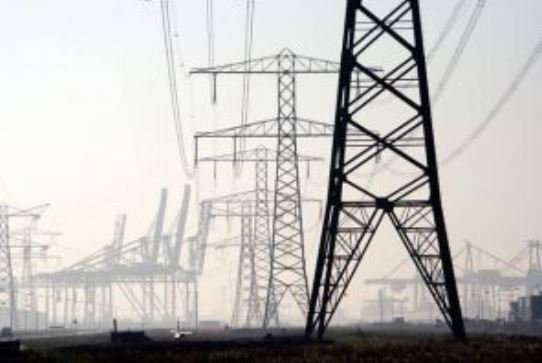Economy
Power Generation Collapses To 145MW
On November 8, the country’s electricity grid recorded a partial collapse as it dropped from 4,735.8MW to 429.5MW.
The total amount of power on Nigeria’s grid collapsed from a peak of 4,735.8 megawatts on Friday to as low as 145MW on Saturday but the Transmission Company of Nigeria said it had been restored.
 Industry data obtained in Abuja on Sunday showed that the grid actually collapsed twice on November 8 and November 9, but this was refuted by the TCN as it argued that the second incident occurred during the process of restoring the grid.
Industry data obtained in Abuja on Sunday showed that the grid actually collapsed twice on November 8 and November 9, but this was refuted by the TCN as it argued that the second incident occurred during the process of restoring the grid.
On November 8, the country’s electricity grid recorded a partial collapse as it dropped from 4,735.8MW to 429.5MW.
It, however, picked up and recorded a high of 4,407.1MW on November 9, 2019. But this was not sustained as the grid collapsed again to 145MW.
Reacting to the collapses, the transmission company stated on Sunday that it restored full supply to the national grid at 4.54pm on November 9, 2019, after the partial system collapse which occurred at 11.15pm on Friday November 8, 2019.
It stated that during the entire period, the nation did not experience full loss of supply at the same time.
The TCN’s General Manager, Public Affairs, Ndidi Mbah, explained that the incident was caused by the tripping of the Lokoja-Gwagwalada transmission lines 1 and 2 on power swing.
She said the causes of the power swing were yet to be determined, adding that the tripping of the Onitsha-Alaoji transmission line on overcurrent also triggered the grid collapse.
Mbah said this made the grid to operate in two parts, with the second part, the western and northern axes, experiencing outage.
According to her, efforts immediately commenced to bring the western and northern axes back into circuit.
She said the TCN went on to fully complete the restoration of the two axes and began the restoration of supply to the eastern axis of the grid.
“When the grid was almost fully normalised, there was a fire incident at the Onitsha substation, which necessitated the isolation of that substation to save lives and properties,” she stated.
Mbah added, “At this stage, because the grid had not fully stabilised, the shutting down of Onitsha substation led to the tripping of some power stations connected to the grid and supply loss in the North and western axis.
“Through the period of the power restoration process, however, some other power stations equally tripped while others continued to supply the grid.”
Follow us on social media:



